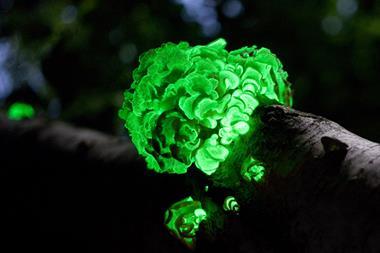People’s exposure to nanoparticles could be tested for with skin biopsies

Researchers led by Warren Chan at the University of Toronto in Canada injected mice with gold nanoparticles, as well as zinc sulfide-capped cadmium selenium sulfide quantum dots. They found that the skin was an important site that nanoparticles accumulated at, with gold nanoparticles actually turning their skin blue. Using inductively coupled plasma atomic emission spectroscopy the team discovered that the number of nanoparticles in the mice’s skin correlated neatly with the levels found in their livers and spleens. This means that skin biopsies could be a simple way of determining nanoparticle accumulation in a person’s body. However, the authors note that they need to investigate how different surface chemistries, sizes and other factors affect where and how nanoparticles build up in living organisms.












No comments yet